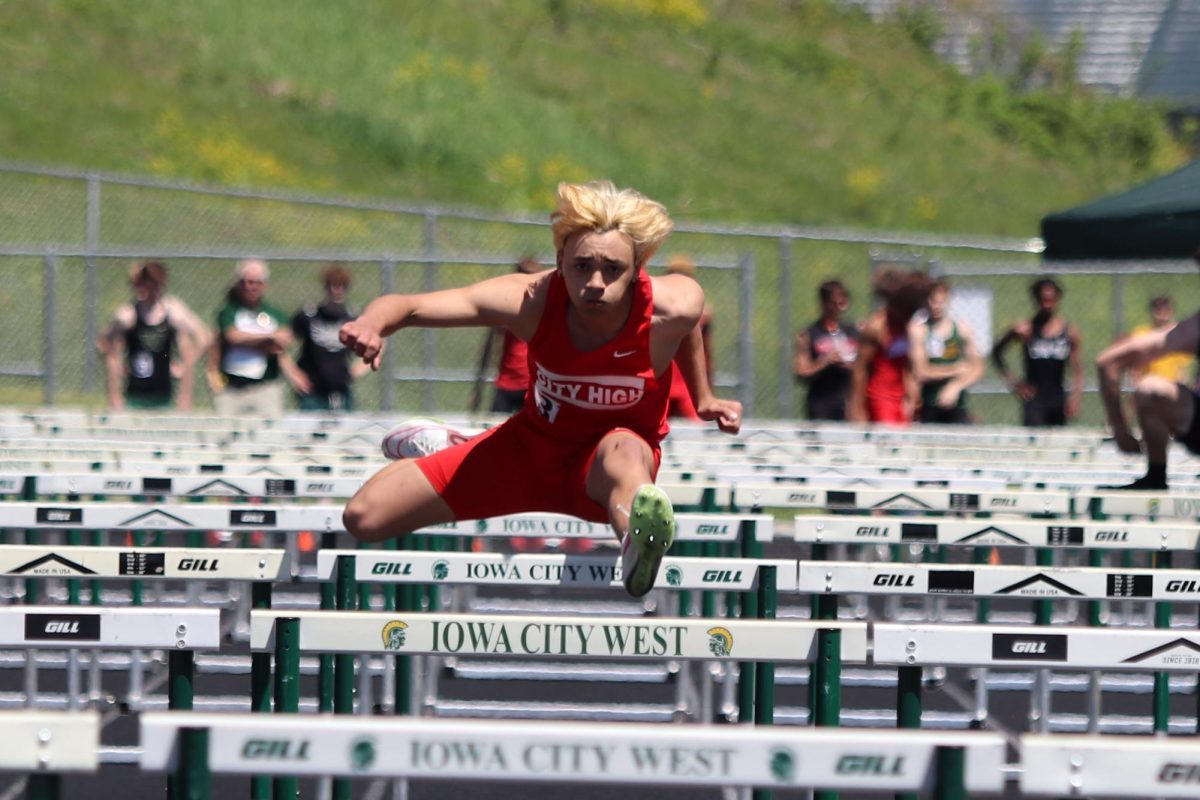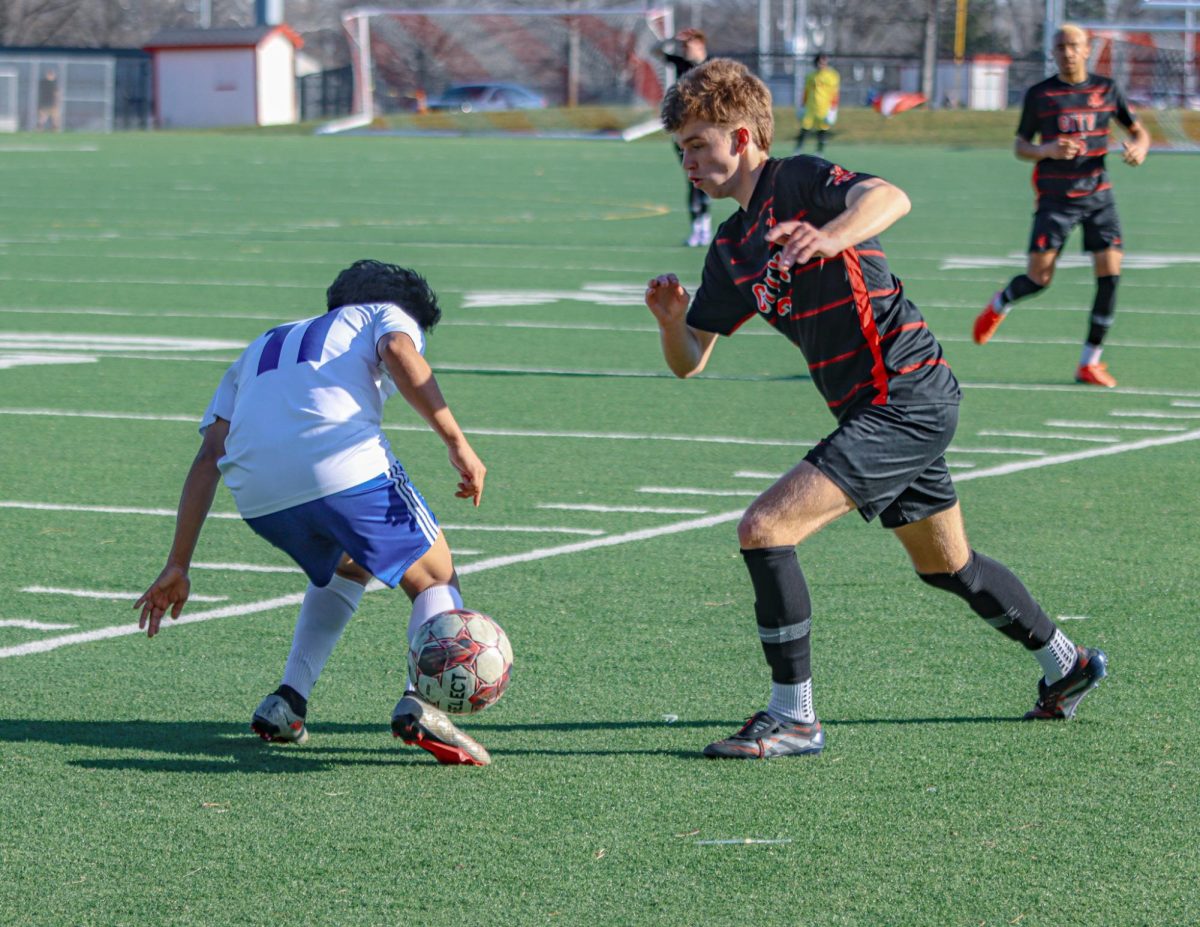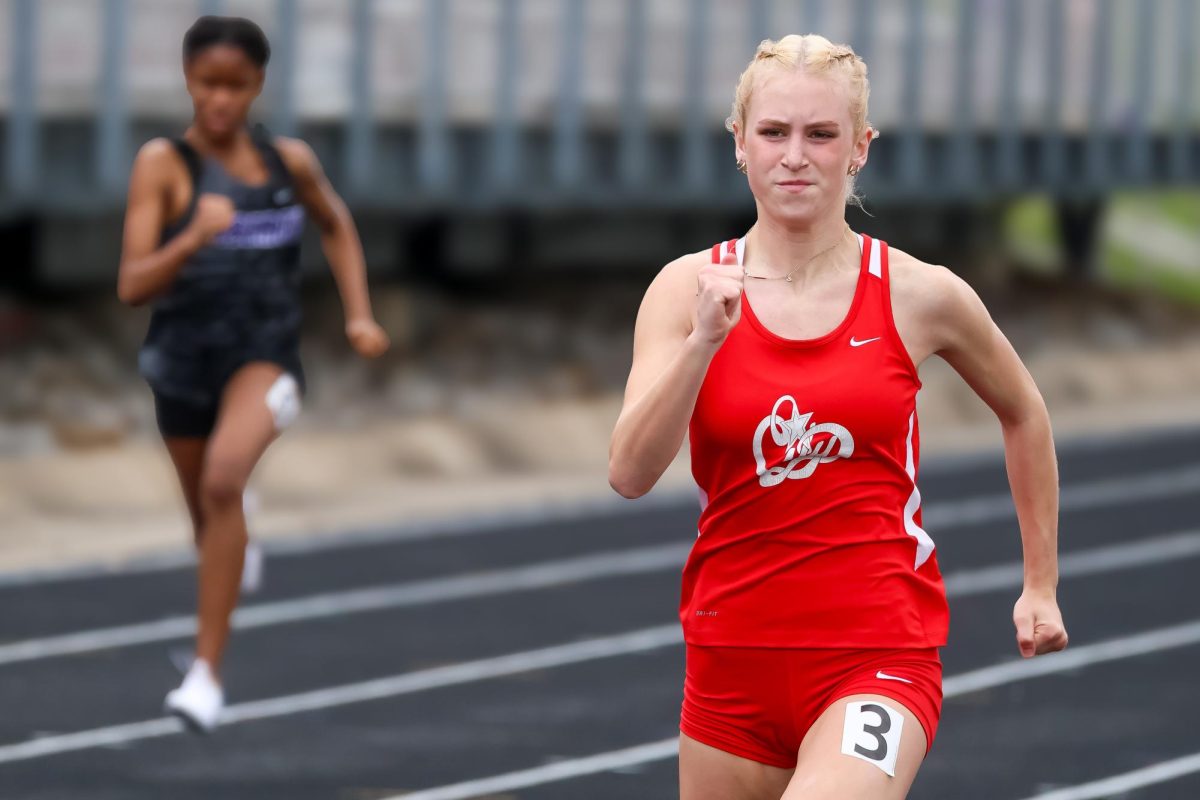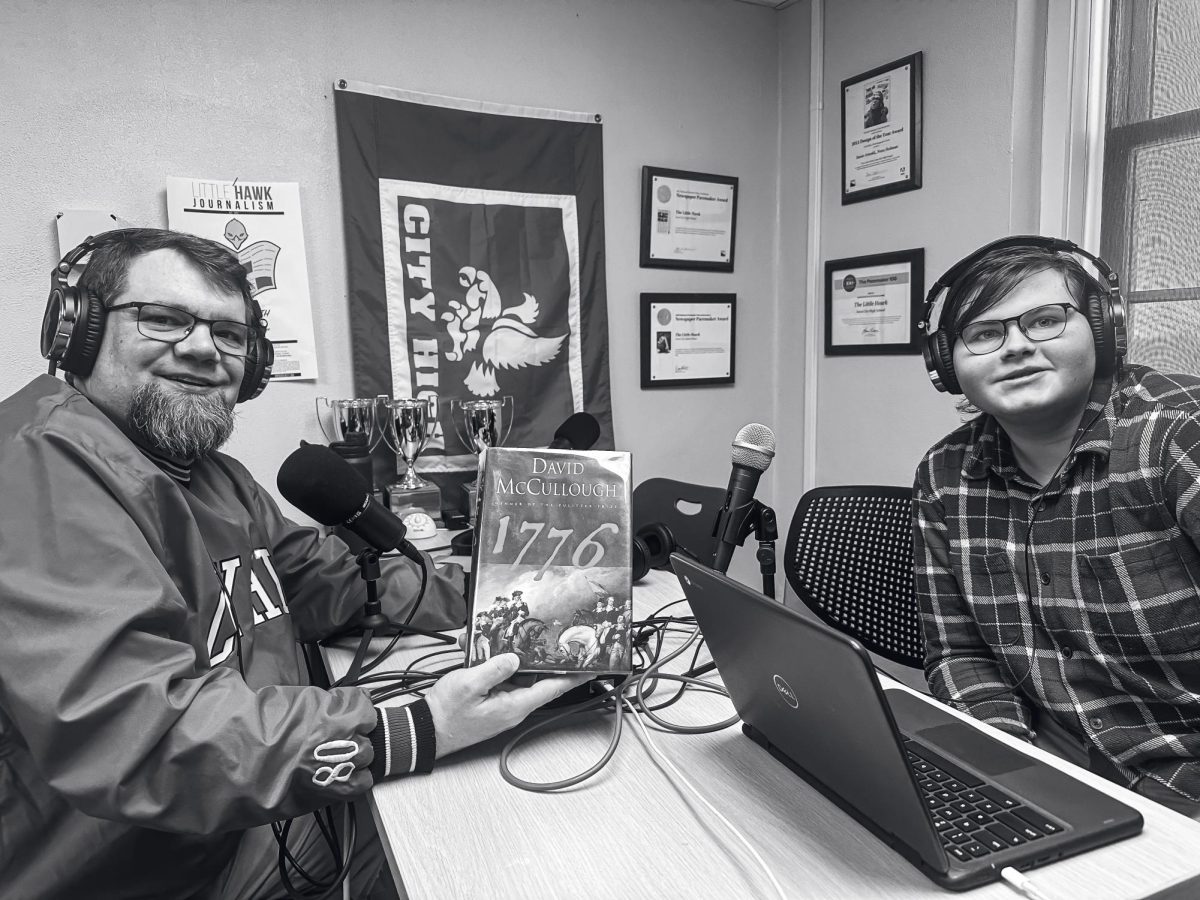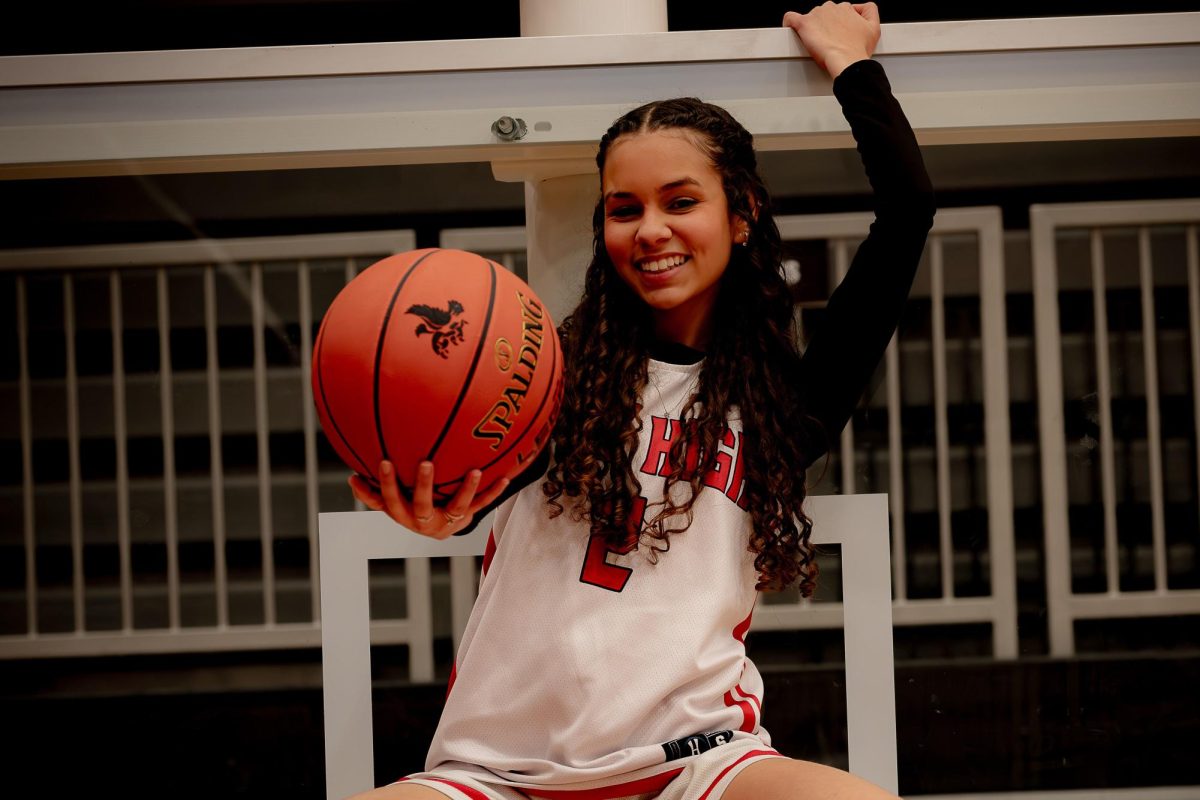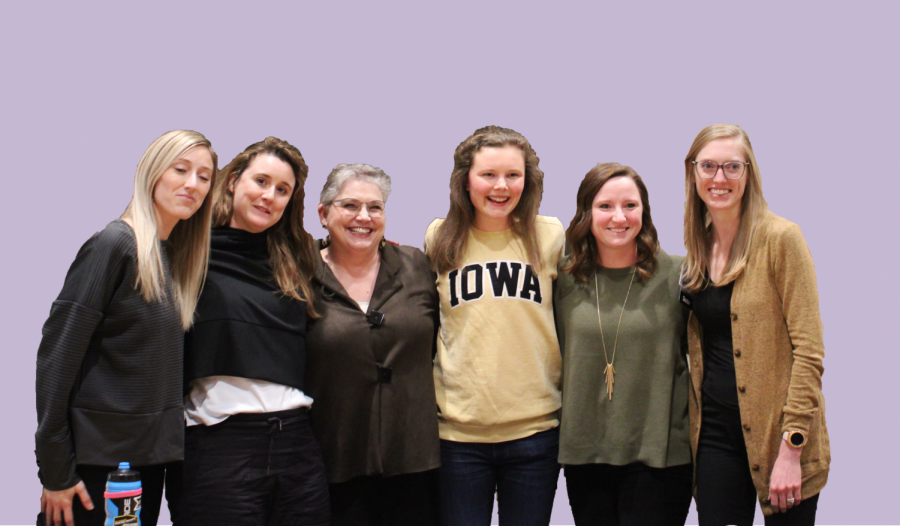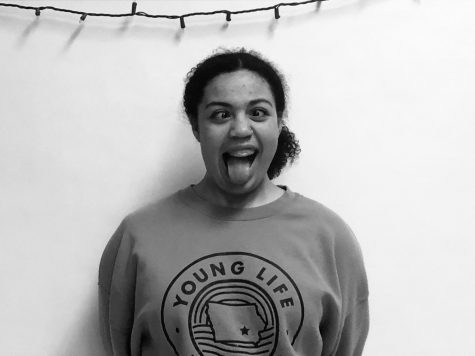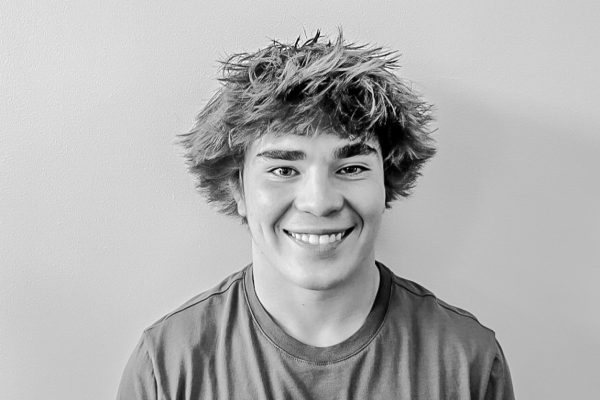Sophia Lusala
“I wish anyone in my life would have said ‘I care about you besides running’ and given me a big hug, said ‘you are not okay, what can I do to help’ or ‘you’re a great person Hannah besides all of your achievements’,” said Frazee
Sophia Lusala
January 23, 2020
An estimate of one in three athletes suffer from eating disorders. Hannah Frazee, a runner and a student at the university of iowa , is one of them. She came to City High to share her struggle with eating disorders, and RED-S. Parents and coaches gathered to hear Frazee share how she came to discover her eating disorder, the treatment she went through to recover, and how to help and prevent eating disorders among fellow athletes and students.
“I had a family that supported me regardless of how I look or ran” Hannah Frazee
Frazee shared that her and her family’s love and passion for cross country and track brought her athletic achievements, but it also led her to an eating disorder shortly thereafter.
“As I dropped time coaches began to care about me,” said Frazee.
Freshman year of college Frazee made the decision of enrolling herself in treatment center to help treat her eating disorder.
“The eating disorder part of me was so manipulative, I was so convinced I was fine when I wasn’t,” said Frazee.
Other athletes have suffered from eating disorders in similar ways. Such as disordered eating, belima and, and anorexia.
“You can’t just look at somebody and say ‘you have an eating disorder’. Things you might notice are changes in performance perhaps more so than appearance,” said Thos Trefz, girls distance track coach.
Frazee described feeling pressured and told us that she wanted validation that people still cared when she was struggling with an eating disorder.
“I wish anyone in my life would have said ‘I care about you besides running’ and given me a big hug, said ‘you are not okay, what can I do to help’ or ‘you’re a great person Hannah besides all of your achievements’,” said Frazee.









